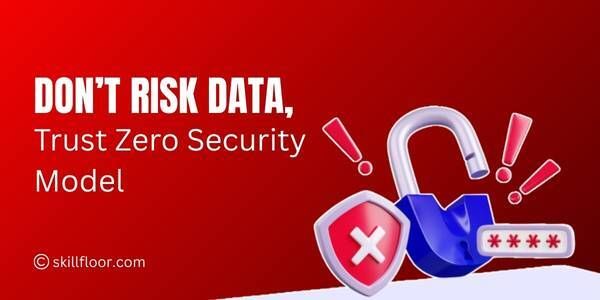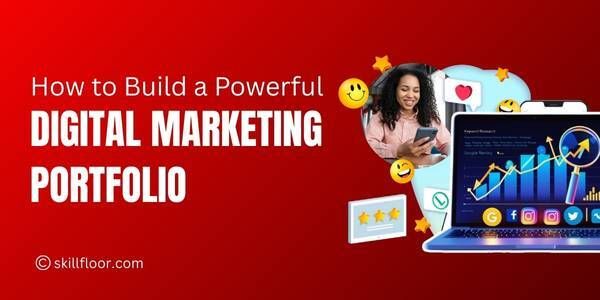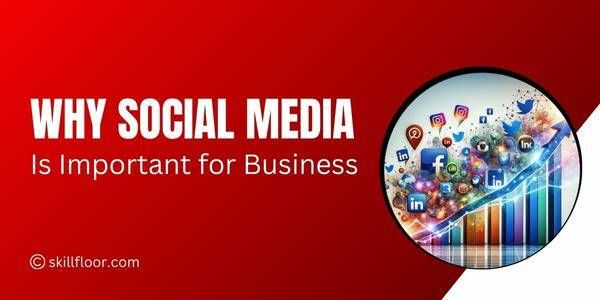What Are the Types of Digital Marketing?
The various types of digital marketing, including SEO, PPC, social media, content marketing, and email marketing, enhance your online presence.
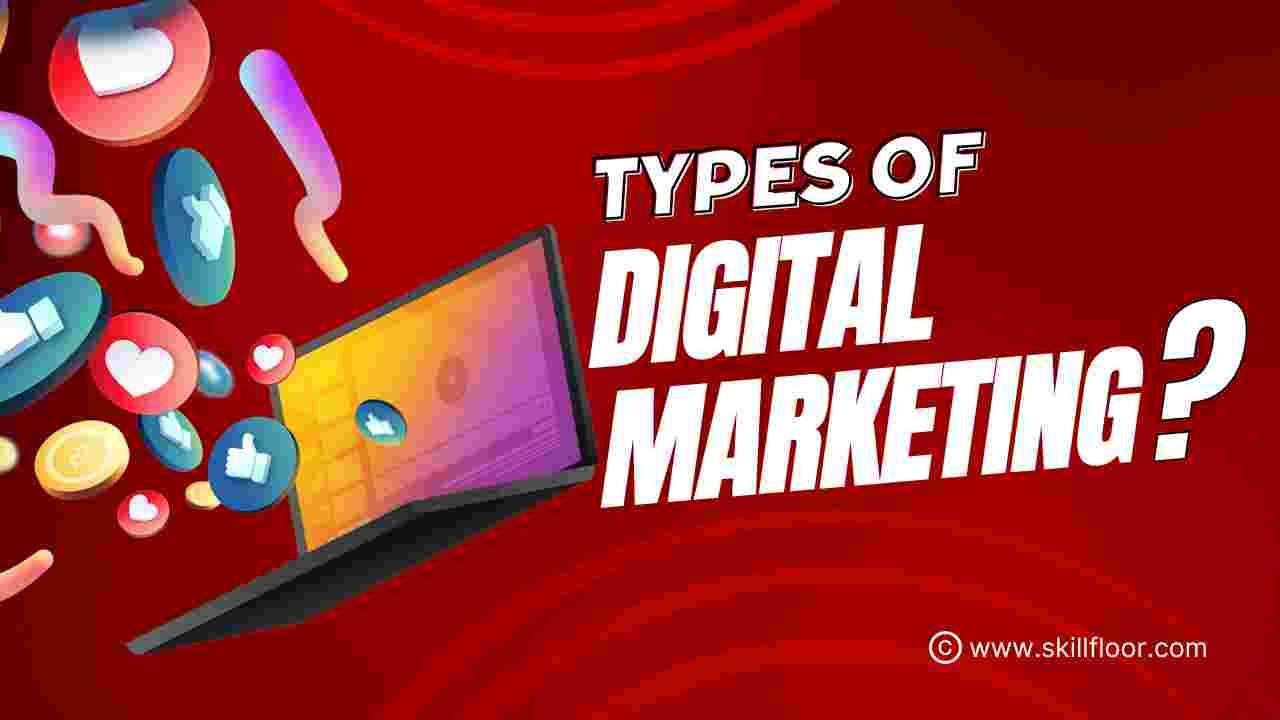
As a digital marketing expert, I often get asked, “What are the types of digital marketing?” It’s a good question because digital marketing always changes and offers many ways to reach people. Let me break down the different tactics that can help your brand stand out online.
Digital marketing includes various strategies. From SEO to social media, each method is important for connecting with your audience and growing your business. I’ll explain how these tactics work both on their own and together to improve your brand’s online presence. Let’s dive into these strategies and see how they can benefit you.
Choosing Effective Strategies
Nowadays it’s tough for businesses to stand out online because there are so many options available. It can be confusing to figure out which strategies will work best. The online environment is always changing, so it’s important to know the different types of digital marketing and how to use them to achieve your business goals.
In-depth Guide to Types of Digital Marketing
To effectively cross this environment, let's break down the core types of digital marketing that can significantly impact your business. Each tactic has its unique strengths and applications, and understanding these can help you craft a comprehensive digital strategy.
1. Search Engine Optimization (SEO)
SEO is often described as both a science and an art. The scientific aspect involves optimizing various elements of a website to improve its ranking on search engine results pages (SERPs). Here’s how SEO works:
-
Content Quality: The foundation of SEO is high-quality content. Ensuring that your content is unique, relevant, and provides value is crucial.
-
Keyword Optimization: Effective SEO involves strategic use of keywords in elements like URLs, title tags, and headings (H1). These keywords help search engines understand what your content is about.
-
User Engagement: Search engines monitor metrics like time on page and bounce rate to gauge user satisfaction. Engaging content keeps visitors on your site longer and reduces bounce rates.
-
Backlinks: The quality and quantity of inbound links from reputable sources can boost your site's authority and ranking.
-
Internal Linking: Linking to other pages within your site helps search engines crawl and index your content effectively.
Key Benefits
-
Increased Visibility: Higher rankings lead to more organic traffic.
-
Cost-Effective: Lower long-term costs compared to paid ads.
-
Enhanced User Experience: Better site speed and navigation.
-
Credibility and Trust: Higher rankings build trust with users.
-
Competitive Advantage: Stand out from competitors with effective SEO.
-
Higher Conversion Rates: Attract more qualified, converting traffic.
How to Measure Success
-
Organic Traffic: Track with Google Analytics.
-
Keyword Rankings: Monitor with tools like Google Search Console.
-
Bounce Rate and Dwell Time: Analyze engagement metrics.
-
Backlink Profile: Check the quality and quantity of backlinks.
-
Conversion Rates: Measure actions like purchases or sign-ups.
-
Page Load Speed: Assess with tools for faster performance.
-
Mobile Usability: Ensure your site performs well on mobile devices.
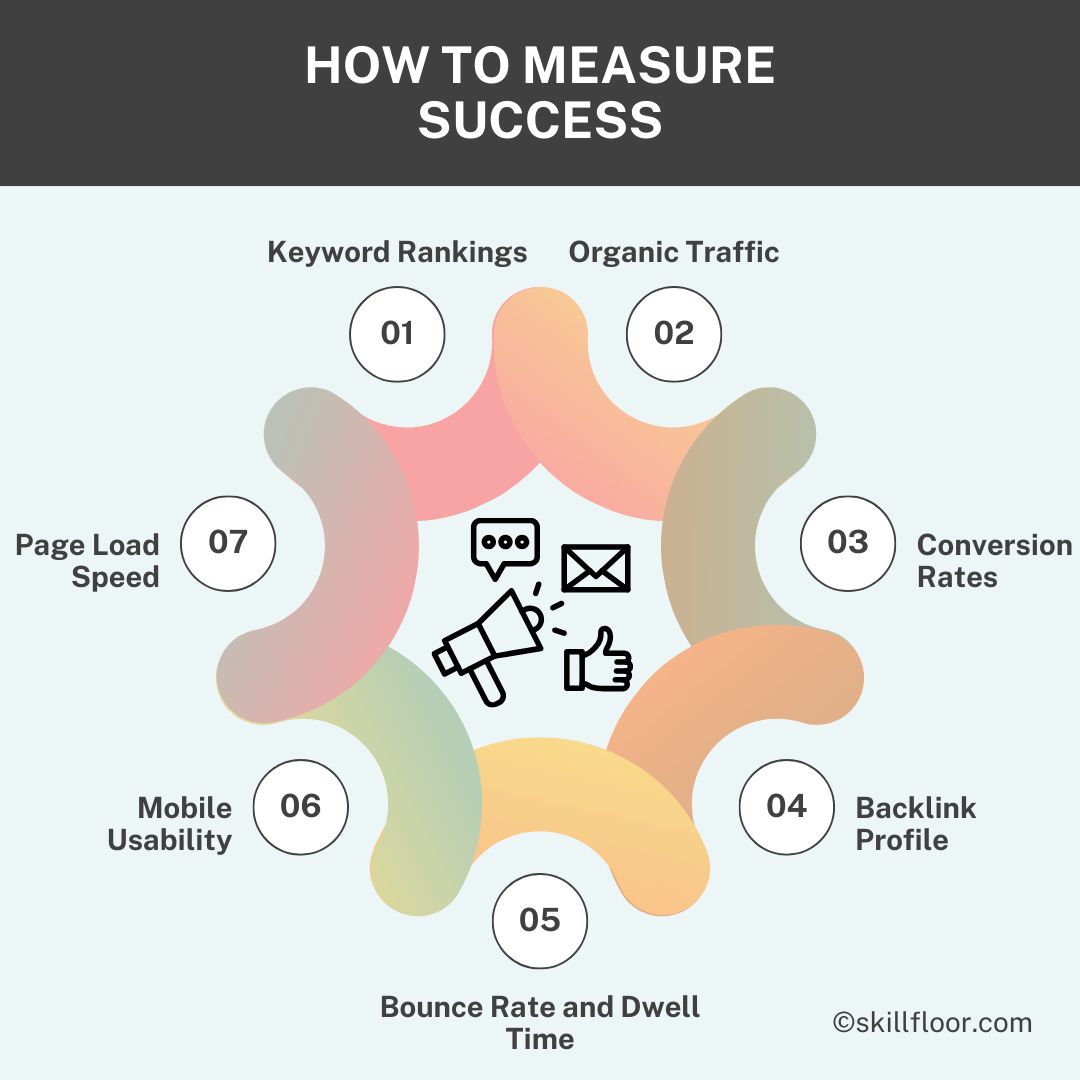
Effective SEO combines these elements to improve your site's search rankings and user experience.
2. Content Marketing
Content marketing focuses on creating valuable, relevant content to attract and engage potential customers. Unlike traditional advertising, it offers free value upfront to build trust and foster long-term relationships. The main content types include:
-
Blog Posts: Covering a range of relevant topics.
-
E-books: In-depth guides on specific subjects.
-
Newsletters: Regular updates to keep the audience engaged.
-
Videos: Explaining concepts or showcasing products.
-
Whitepapers: Authoritative reports on industry trends.
-
Infographics: Visualizing data to simplify information.
Effective content marketing works with SEO to ensure content is discoverable and ranks well on search engines. It helps establish credibility and resonates with the audience, leading to higher engagement and conversions. Key statistics show its importance:
-
84% of consumers expect helpful content from brands.
-
62% of large companies produce content daily.
-
92% of marketers view content as a critical asset.
Balancing SEO with engaging content is crucial. Understanding your audience and choosing the right formats—whether blog posts, videos, or other media—ensures that content drives meaningful action and maintains engagement.
3. Social Media Marketing (SMM)
Social media marketing is about using platforms like Facebook, Instagram, LinkedIn, X (formerly Twitter), and TikTok to connect with your audience, promote products, and build a loyal following.
How Social Media Marketing Works
Social media is a great place to show off what your business offers. You can post pictures, videos, or stories about your products and services.
Building Brand Personality
You can create a unique brand voice through your posts, stories, and interactions. Whether you’re funny, professional, or casual, your brand’s personality shines through.
Engaging with Customers
Social media allows direct communication with your customers. You can answer questions, respond to feedback, and build strong relationships.
User-Generated Content (UGC)
Encourage your followers to share their posts about your products. This not only increases your reach but also builds trust since the content comes from real customers.
Influencer Partnerships
Work with influencers—people with large followings—to promote your brand. Their recommendations can help you reach new audiences and build credibility.
Interactive Features
Use features like polls, quizzes, and Q&A sessions to engage with your audience. Interactive content can increase engagement and make your followers feel more connected.
Getting Traffic to Your Website
Social media can help direct people to your website, whether through links in posts, bios, or ads. This can lead to more traffic and sales.
Targeted Ads
Social platforms allow you to target specific groups of people with ads. You can choose who sees your ads based on factors like age, location, and interests, making your marketing more effective.
Best Platforms for Social Media Marketing:
-
Facebook
-
Instagram
-
LinkedIn
-
X (formerly Twitter)
-
TikTok
-
Pinterest
-
YouTube
How to Measure Success
Success in social media marketing is measured by engagement (likes, comments, shares), reach (how many people see your posts), follower growth, click-through rate (link clicks), and conversion rate (how many take action, like visiting your site or making a purchase).
Social media marketing helps build lasting relationships with your audience, not just quick sales. It’s about creating engaging content, interacting with followers, and promoting your brand in a way that feels personal and authentic.
4. Pay-Per-Click (PPC) Marketing
PPC marketing involves paying for ad placements where you’re charged each time a user clicks on your ad. Google Ads is a prime example of a PPC platform, where you bid on keywords to appear in search results. Key elements of PPC include:
Key Elements:
-
Keyword Relevance: Align keywords with your offerings for better targeting.
-
Ad Quality: Create compelling ads to capture attention.
-
Landing Page Optimization: Ensure landing pages are conversion-friendly.
-
Bid Strategy: Adjust bids to maximize ROI within your budget.
Benefits:
-
Instant Traffic: Quick results with live ads.
-
Measurable: Detailed metrics for optimization.
-
Budget Control: Flexible, scalable spending.
-
Remarketing: Retarget previous visitors.
Best Practices for PPC Success:
-
A/B Testing: Continuously test ad copy, visuals, and landing pages.
-
Use Negative Keywords: Exclude irrelevant searches to save on ad spend.
-
Quality Score Management: Improve relevance to lower costs and boost visibility.
-
Conversion Tracking: Measure key actions like purchases or sign-ups.
-
Ad Schedule Optimization: Run ads when your audience is most active.
By following these practices, PPC campaigns can drive targeted traffic and conversions while improving ROI.
5. Affiliate Marketing
Affiliate marketing is a performance-based strategy where you partner with external affiliates who promote your products in exchange for a commission on sales or leads. Affiliates use various channels, such as:
-
Blogs
-
Social Media
-
Email Marketing
This strategy allows businesses to extend their reach without upfront costs, as affiliates are only paid when they drive results. Building trust and maintaining good relationships with affiliates is crucial for success.
6. Native Advertising
Native advertising is designed to blend seamlessly with the surrounding content, making it less intrusive and more engaging for users. Native ads are typically found on:
-
Social Media Platforms
-
News Websites
-
Content Recommendation Networks
The key to effective native advertising is transparency. It’s important to clearly label content as "sponsored" or "promoted" to maintain trust with your audience while achieving your marketing goals.
7. Influencer Marketing
Influencer marketing involves collaborating with individuals who have a substantial following to promote products or services. This approach taps into the influencers' reach and credibility to enhance brand visibility and trust.
How Influencer Marketing Works
-
Social Media Posts: Influencers share content about your product on platforms like Instagram, Facebook, or Twitter, reaching their engaged audience.
-
Stories: Temporary, engaging content on platforms like Instagram or Snapchat allows influencers to promote products in a more casual, immediate way.
-
Videos: Influencers create video content, such as reviews or tutorials, showcasing your product in action.
Key Benefits
-
Enhanced Brand Awareness: Leverages influencers' established audiences to increase visibility.
-
Increased Credibility: Recommendations from trusted influencers often seem more authentic than traditional ads.
-
Targeted Reach: Collaborate with influencers whose followers match your target demographics for better engagement.
-
Content Creation: Influencers produce high-quality, engaging content that can be used across your marketing channels.
Key Considerations
-
Audience Alignment: Ensure the influencer’s audience matches your target market to maximize relevance and impact.
-
Authenticity: Choose influencers who genuinely align with your brand values to maintain credibility.
-
Performance Tracking: Measure the success of influencer campaigns through metrics like engagement rates, click-through rates, and conversions.
-
Cost and ROI: Evaluate the cost of influencer partnerships against the expected return on investment to ensure value.
By carefully selecting influencers and managing campaigns, businesses can effectively use this strategy to build brand trust and reach new audiences.
8. Marketing Automation
Marketing automation tools streamline various aspects of digital marketing by automating tasks such as:
-
Email Campaigns
-
Social Media Posting
-
Campaign Tracking
These tools help in:
-
Audience Segmentation: Dividing your audience into specific groups for targeted messaging.
-
Personalized Messaging: Sending relevant messages based on user behavior.
-
Real-Time Tracking: Monitoring engagement and performance to refine strategies.
Marketing automation enhances efficiency and personalization, making it easier to scale your campaigns effectively.
9. Email Marketing
Email marketing is a direct and cost-effective way to reach your audience. It involves sending:
-
Newsletters
-
Promotional Offers
-
Personalized Content
Successful email marketing strategies include:
-
Segmentation: Categorizing your email list based on user preferences or behaviors.
-
Personalization: Tailoring subject lines and content to individual subscriber interests.
-
A/B Testing: Experimenting with different email versions to determine which performs better.
Integrating automation with email marketing can improve timing and targeting, ensuring that your messages are timely and relevant.
10. Mobile Marketing
With the rise in mobile device usage, mobile marketing is essential for reaching consumers on smartphones and tablets through:
-
SMS Campaigns
-
Push Notifications
-
App-Based Ads
Effective mobile marketing strategies include:
-
Responsive Design: Ensuring websites and emails are mobile-friendly.
-
App-Based Advertising: Targeting users with ads within mobile apps.
-
Geo-Targeting: Sending location-based ads to users based on their current or past locations.
Mobile marketing provides opportunities for real-time, highly targeted messaging, making it a vital component of any digital strategy.
Each type of digital marketing offers different benefits and can be used to achieve specific goals. By understanding these methods, you can create a strategy that helps you reach your audience, engage with them effectively, and drive growth for your business. Choose the tactics that best align with your objectives and audience to get the best results.


























